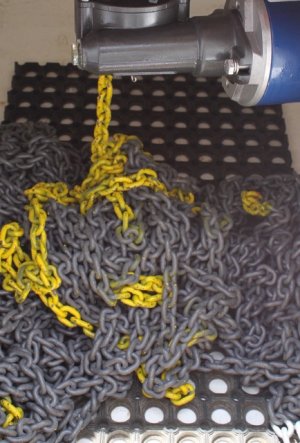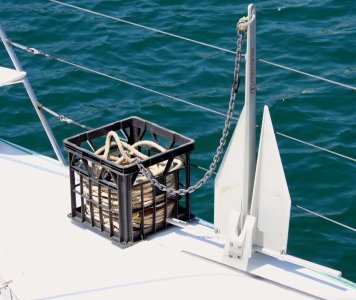WindyWindyWindy
Active member
I've flipped my anchor chain.
The first two feet were quite corroded. I removed the first link and I've painted the corroded ends, but that approach has immediately failed following contact with the windlass.
Given the short length that appears to be affected, is there some kind of protection that people, erm, strap on? To minimise chafe...
The first two feet were quite corroded. I removed the first link and I've painted the corroded ends, but that approach has immediately failed following contact with the windlass.
Given the short length that appears to be affected, is there some kind of protection that people, erm, strap on? To minimise chafe...


